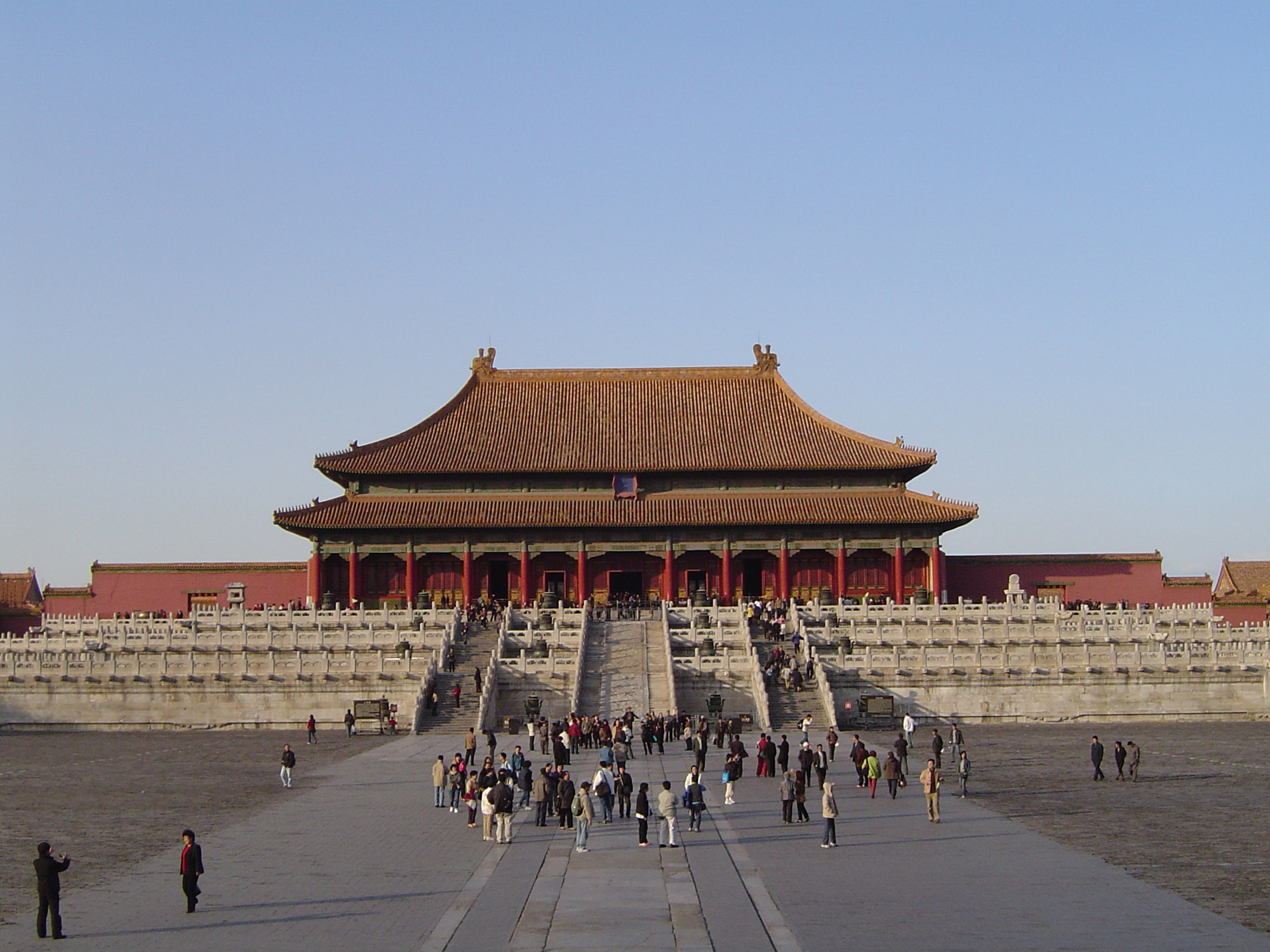Why What Happens in China Matters
Last week for two straight days, China reminded us of how much we have shrunk as an economic power when they devalued their currency. The U.S. stock market promptly tanked. Because of the volume of trade between the U.S. and China, this was an entirely rational response. Among the first casualties of this devaluation should be U.S. imports to China, as it will take more yuan (or renminbi, as the two terms are functionally identical) to buy goods with prices set in dollars. Many have decried China’s action as an open declaration of currency war on the rest of the world (also see here and here). As if the U.S. and Europe were not doing the exact same thing!
The Wall Street Journal editorial China Declares Currency Independence has offered a different take on China’s devaluation of the yuan that deserves consideration. For some time China has maintained a tight link of the value of the yuan to the value of the dollar in order to keep a more-or-less constant exchange rate between the dollar and the yuan. (As an aside China actually has a “managed currency” in which it tries to keep the yuan within specified bands around other currencies. What apparently happened last week was either China removed the U.S. dollar from the basket of currencies for calculating exchange rates, or they drastically increased the band around the dollar that the renminbi was allowed to float in. I don’t know which path they followed.) The utility in doing this was that with a constant exchange rate, it was easier to find which nation had the comparative advantage in producing various goods. Following Ricardo’s law of comparative advantage, the nation possessing comparative advantage should export the good to the nation that did not.
This however created a problem for China, for as the Wall Street Journal put it,
For China, however, the problem was more about the global slowdown and the strengthening dollar. Under current U.S. policies, the dollar has no reliable value—it weakened massively in the 1970s, strengthened in the 1980s and 1990s, weakened in the 2000s, and has been soaring in recent years. This instability makes the dollar an unsuitable long-term link for Beijing and its aspirations for fast economic growth.
This interpretation means that China’s devaluation is a highly rational response to a feckless U.S. monetary policy.
“Wait!”, you shout. “The dollar is increasing in value relative to most other currencies, including the yuan! You can’t accuse us of participating in a currency war!” Well, yes and no. The Federal Reserve’s Zero Interest Rate Policy (ZIRP) has been in effect since 2008, and its Quantitative Easing (QE) project for supporting ZIRP began at the same time. The U.S. was one of the very first nations, if not the first, to devalue its currency with easy money after the financial crisis of 2007-2008. Since real interest rates (nominal interest rate minus inflation) are already zero, the Fed could not do any more to lower interest rates unless they introduced a lot of inflation. Now, since QE finished last October, the Fed essentially has no more tools with which it could lower already zero interest rates to negative real interest rates without accepting a large price inflation. There has been talk about inducing large inflation rates to create negative real interest rates(see here and here and here), but hopefully this will just remain talk. Placing the burden of inflation on top of all the other economic problems the American people have would probably not be good for the political health of anyone involved.
Without inducing a large amount of inflation, the Federal Reserve has done as much as it can to lower the value of the dollar. In the last year or so, however, most other nations have had their currencies revalued downward relative to the dollar, either because they are perceived as economically greater risks than the U.S.(see here and here), or because they have started their own easy money and QE programs (see here and here and here and here). Clearly, most of the world has become economically insane in the same way at the same time!
Prior to the Chinese devaluation, China’s GDP had already become the largest in the world by the end of 2014 ($17.6 trillion versus $17.4 trillion for the U.S. in current dollars) if you trusted Chinese statistics, which many people do not. In per capita GDP, at $11,868 per capita versus $53,001 for the U.S., China was still far behind. Nevertheless, their total heft in the world economy has clearly increased. While their recent devaluation will lessen their GDP relative to the United States in the future, their vote of no confidence in the U.S. dollar as a constant standard can not be lost on anyone. This bodes ill for the continued use of the U.S. dollar as the de facto international standard and reserve.
Views: 2,333





























